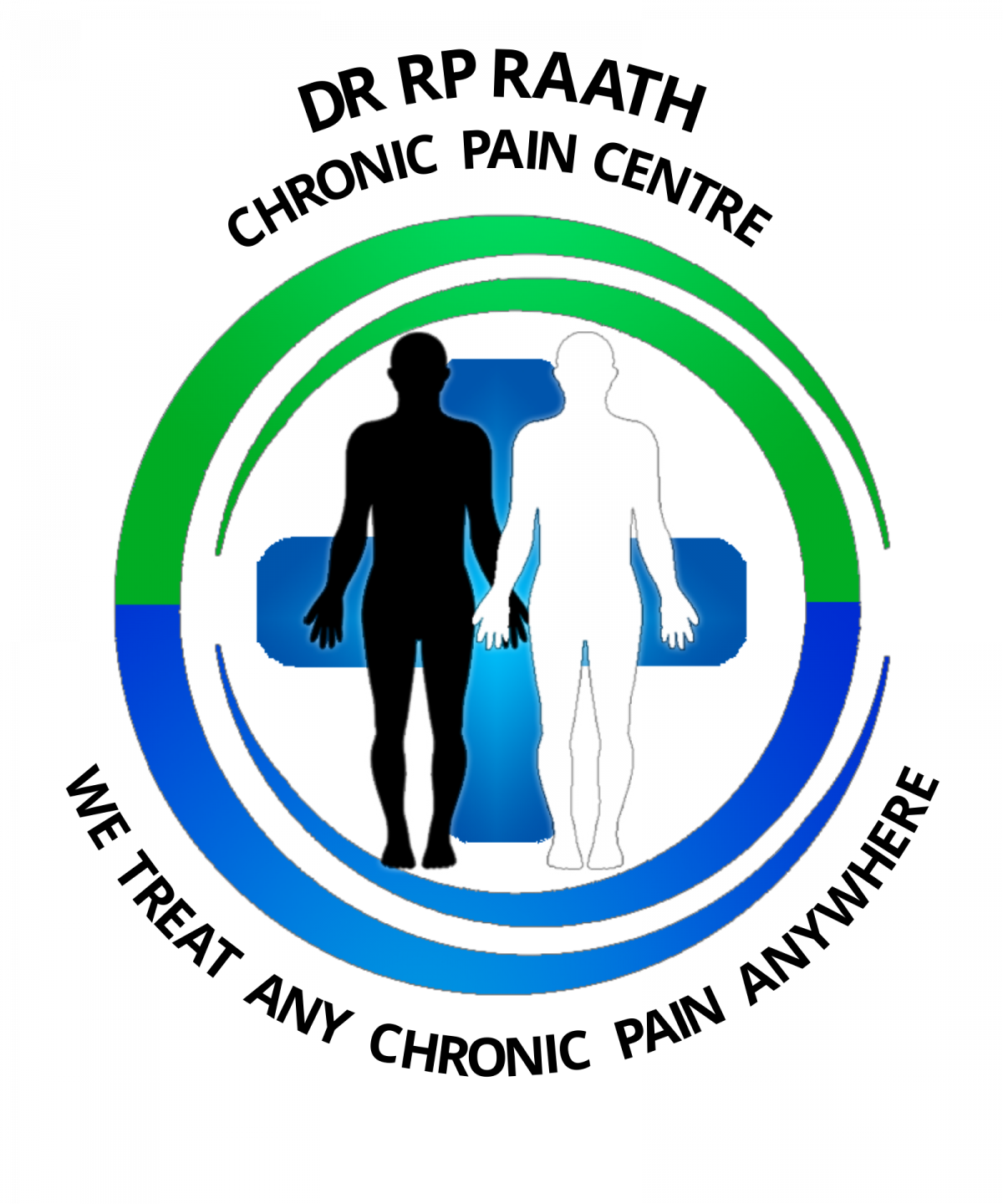Chronic pain is not simply acute pain lasting too long. It is a pathology with physical changes in the nervous system (neuroplasty). It is usually, but not only, neuropathic in nature. Normal analgesics, designed for acute pain, have no effect or lose their effect after a short period. Every doctor has seen such patients – with debilitating pain that has no apparent cause and is resistant to their best efforts to relieve or control it. About 15% of the western populations suffer with chronic pain daily and about 5% with High Impact Chronic Pain – that is, a high negative impact on their lives. Even opioids do not control chronic pain for long and in many cases, because of OIH – Opioid Induced Hyperalgesia actually makes the pain worse. Also the opioid crisis in the USA due to overuse and abuse is threatening to spread outside the USA. So Chronic pain needs to be treated in more ways. This practice does this – control patients’ chronic pain with a lot less or no analgesics or other, ineffective, drugs.This is done by performing interventions ranging from injections (nothing new) to a variety of Radio Frequency procedures (NOT just ‘rhyzotomies’) to neurolysis of a variety of nerve impingements to implantation of percutaneous spinal cord stimulators or implanted intrathecal morphine pumps. Dr Raath is a specialist anaesthesiologist who has been practicing chronic pain management full time for the past 12 years. The motto is “Pain relief with less drugs using interventions to relieve chronic pain”.
